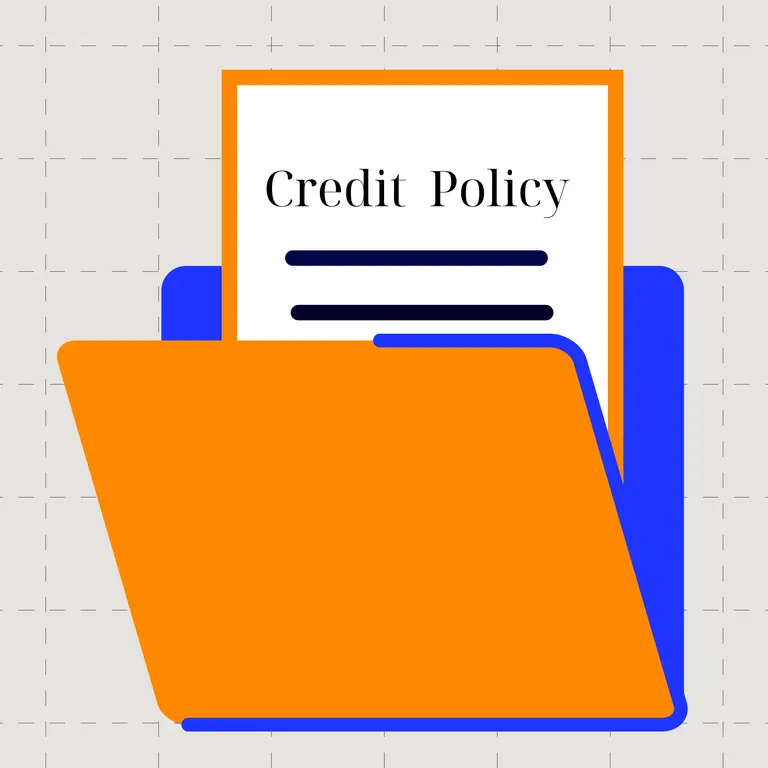Consumer credit policies in the United States have undergone significant transformations over the years. From the inception of credit cards to modern-day regulations, these changes have shaped personal financial management profoundly. Understanding this evolution is key to appreciating the current landscape of credit and how it affects individual finances.
With the focus keyword, “consumer credit policies,” we embark on a journey to explore historical shifts, current practices, and their ramifications for personal budgets. Whether you are a savvy credit user or someone trying to grasp the credit world, this blog post delves deeply into these aspects, ensuring you are well-informed.
The Historical Evolution of Credit Policies
The early days of consumer credit policies in the United States were quite rudimentary. In the late 19th and early 20th centuries, store credit was common, allowing customers to purchase goods and pay for them over time. This system, however, was largely unregulated, leading to inconsistent practices and sometimes exploitative terms.
The advent of credit cards in the 1950s marked a significant milestone. Companies like Diners Club and American Express introduced the concept of revolving credit, providing consumers with more flexibility. However, this era also saw a lack of standardized regulations, which occasionally placed consumers at a disadvantage.
The major shift came in the 1960s with the introduction of the Truth in Lending Act (TILA). This legislation aimed to protect consumers by requiring clear disclosure of credit terms. The TILA was a fundamental step in creating a more transparent and fair credit system.
Impact of the Fair Credit Reporting Act
The Fair Credit Reporting Act (FCRA) of 1970 further revolutionized consumer credit policies. It established guidelines for collecting, disseminating, and using consumer information. This act was instrumental in ensuring fairness, accuracy, and privacy in credit reporting.
One significant outcome of the FCRA was the establishment of credit bureaus, which standardized credit reporting and scoring. This created a framework where consumers could more easily understand their credit status and work towards improving it.
Moreover, the FCRA mandated that consumers have the right to access their credit reports and dispute inaccuracies. This empowerment was a critical advancement, enabling individuals to take control of their financial health.
The Role of the Credit Card Act of 2009
The Credit Card Accountability, Responsibility, and Disclosure (CARD) Act of 2009 brought another wave of transformative changes. It aimed to curb predatory practices by credit card companies and offered additional protection to consumers.
One of the key provisions was prohibiting arbitrary interest rate increases on existing balances, which helped mitigate unexpected financial burdens for cardholders. The Act also mandated clearer disclosure of terms, fees, and penalties, fostering better financial decision-making.
Moreover, the CARD Act introduced stricter regulations on issuing credit to young adults, aiming to prevent excessive debt accumulation among students and new graduates. These measures collectively strengthened consumer confidence in the credit system.
Current Trends and Future Directions in Credit Policies
Today, the landscape of consumer credit policies continues to evolve. The rise of digital and fintech solutions has reshaped how credit is accessed and managed. Online platforms and mobile apps offer seamless credit applications, real-time monitoring, and personalized financial advice.
Additionally, alternative credit scoring models are gaining traction. These models consider non-traditional data like rent payments and utility bills, broadening access to credit for individuals with limited credit history. This inclusivity is particularly beneficial for underserved populations.
Policy-wise, there’s a growing emphasis on financial literacy and ethical lending practices. Advocates are pushing for clearer and simpler credit terms, ensuring consumers fully understand their financial commitments. These trends indicate a shift towards a more consumer-centric credit environment.
Understanding the Implications for Personal Finance
The evolution of consumer credit policies significantly impacts personal finances. Modern regulations have made the credit landscape more predictable and safer for consumers. However, staying informed about these changes is crucial for effective financial management.
Individuals must regularly review their credit reports, stay updated on credit terms, and utilize available resources to build and maintain a healthy credit score. Being proactive in managing credit can lead to better loan terms, lower interest rates, and overall improved financial stability.
Moreover, incorporating financial education into daily life can empower consumers to make informed decisions, avoiding pitfalls like high-interest debt and poor credit management. Knowledge is a powerful tool in navigating the complex world of credit.
The Way Forward
As consumer credit policies continue to evolve, it is essential for individuals to adapt and stay engaged. Leveraging technology, staying educated, and advocating for fair practices can help shape a credit system that benefits all.
Communities and policymakers must work together to address emerging challenges and ensure that credit remains a tool for financial empowerment rather than a burden. Continuous improvements in policies and practices can drive positive outcomes for both consumers and the economy.
The journey of consumer credit policies is far from over. By understanding its history and staying attuned to future changes, individuals can effectively manage their finances and achieve greater financial well-being.


